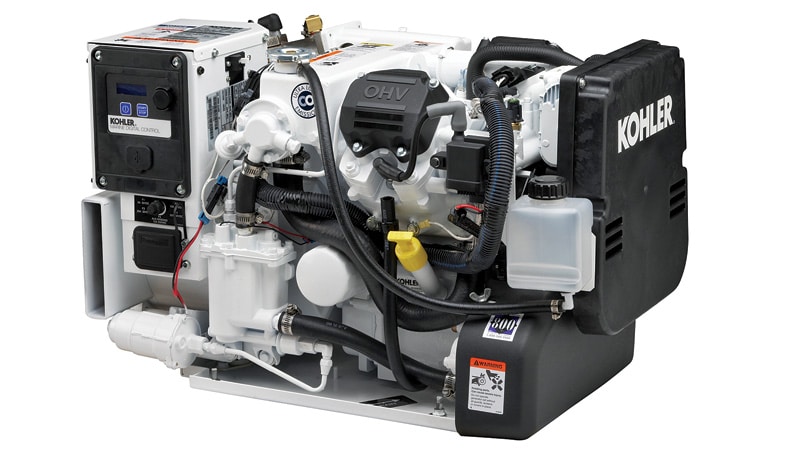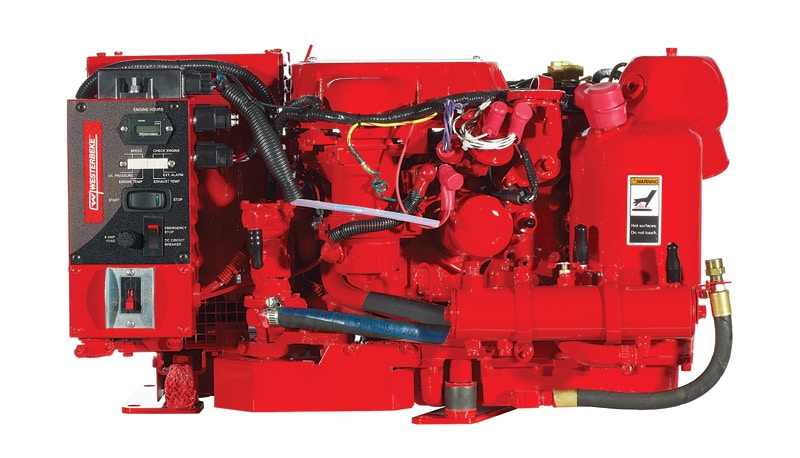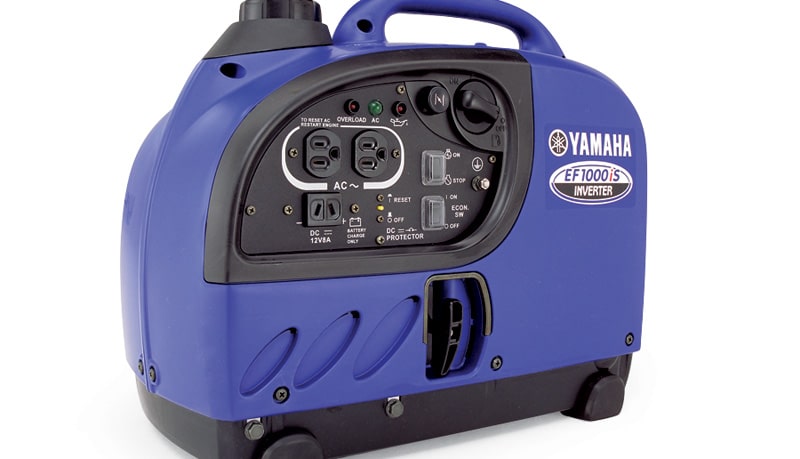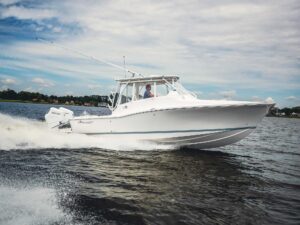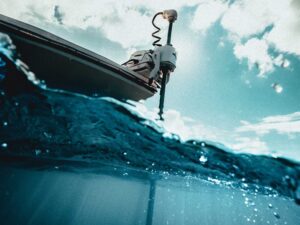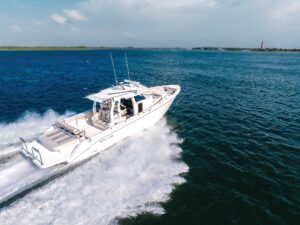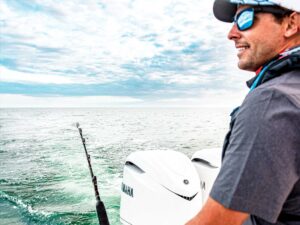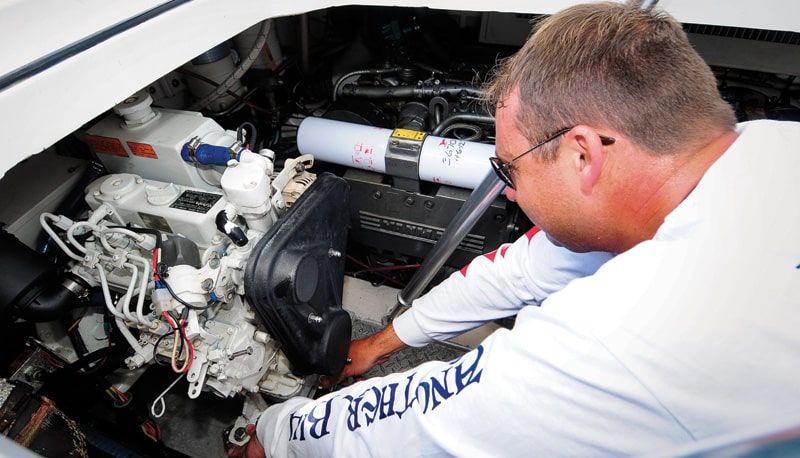
Today’s sport-fishing boats brim with power-hungry electrical equipment, from air conditioning to audio systems, spreader lights to live-bait pumps, refrigerators to radars and microwaves to water makers.
Supplying enough current for all of these accessories can pose a challenge, particularly on extended trips to fish remote waters with few marinas and no shore power. One option is to run the main engines to keep power flowing to the AC/DC system. Yet fumes, vibration, noise and fuel consumption render this practice annoying, especially on anchor or tied to the dock.
A quiet-running marine generator offers a more pleasing solution. Whether you’re adding, upgrading or ordering a new boat, consider these factors when choosing among the many brands and models of gensets.
**
Space Constraints**
If adding a genset, think about location. Generators go below deck, often in the engine room or an aft compartment. Determine how easily you can access the space for installation and maintenance, as well as how the new unit will affect weight distribution.
For tight spaces, look at compact gensets. The gasoline-powered 3.5SBCG from Westerbeke (www.westerbeke.com), for example, measures about 28-by-17-by-15 inches and weighs just 188 pounds. The diesel-powered 4200 from Fischer Panda (www.fischerpanda.com) is about 20.5-by-14.6-by-20.5 inches and weighs 230 pounds.
On boats less than 30 feet in length, fitting in a genset could prove impossible. In these cases, a portable marine generator might be your only option.
Fuel of Choice
For convenience, choose a genset that operates on the same fuel as your boat. For example, with gasoline inboards, select a gasoline genset so you can tap the main tank.
There is one possible exception. On an outboard fishing boat, which runs on gas, it’s sometimes wise to have a diesel generator. Outboard boats rarely feature ventilation for below-deck compartments. Diesel (less volatile than gas) is safer to use in such enclosed spaces. You’ll need a separate diesel tank, so account for that when evaluating available space. If adding a genset, you’ll also need to customize a system to usher air to the generator.
Most large sport-fishing boats usually have diesel inboards, so a diesel generator makes the most sense. Whether you choose gas or diesel, a separate canister-style fuel filter — like those from Racor (www.parker.com/racorproducts) — helps ensure delivery of clean, water-free fuel to the genset.
Output Options
Marine generators are rated by kilowatt output — from as little as 3.5 kW to as much as 200 kW. To determine the right model, add up the power needs for the accessories you plan to run. Then select a genset with about 20 percent more output than your total requirement.
Resist thinking that more is better. A genset running at insufficient load leads to carbon buildup and other complications. On the other hand, don’t run all of your accessories at once. A genset operates best when carrying 35 percent to 70 percent of its rated load.
Installation Details
Gensets are water cooled, so when adding a unit plan on installing a water intake with a strainer to keep debris from clogging the cooling system. Also, you’ll need plumbing for cooling water to exit overboard.
As mentioned, gensets need air. For instance, the yacht-size NL1066H diesel generator from Northern Lights (www.northern-lights.com) requires 1,500 cubic feet per minute at peak output. Yet gensets also need exhaust systems. If adding a unit to your boat, plan on having a separate exhaust rather than sharing the engines’ exhaust system.
Most gensets come with remote ignition switches and basic gauges for installation above deck — usually near the helm or in a cabin — and a second control panel on or near the genset.
Quiet and Clean
Thanks to insulating shields, isolation mounts, mufflers and underwater exhaust, marine generators are quieter than ever. How quiet? The QD (Quiet Diesel) 60 genset from Cummins Onan (cumminsonan.com) generates just 66 decibels at a meter away. That’s about the same as a four-stroke outboard at 1,000 rpm when recorded at the helm.
Carbon monoxide (CO) is a concern, especially with gas generators. Yet companies such as Kohler (www.kohler.com) and Westerbeke now make low-CO gasoline generators with lower emissions. The Kohler Low CO models feature self-monitoring systems that shut down the generator if CO builds to dangerous levels.
As the electrical demands of today’s sport-fishing boats grow, so too does the need for a convenient way to keep the current flowing. Today’s gensets deliver, whether at the dock or far from the marina.
Does the sound of marine generators spook fish? To read what leading charter captains have to say on the subject, visit www.sportfishingmag.com/gensets.

